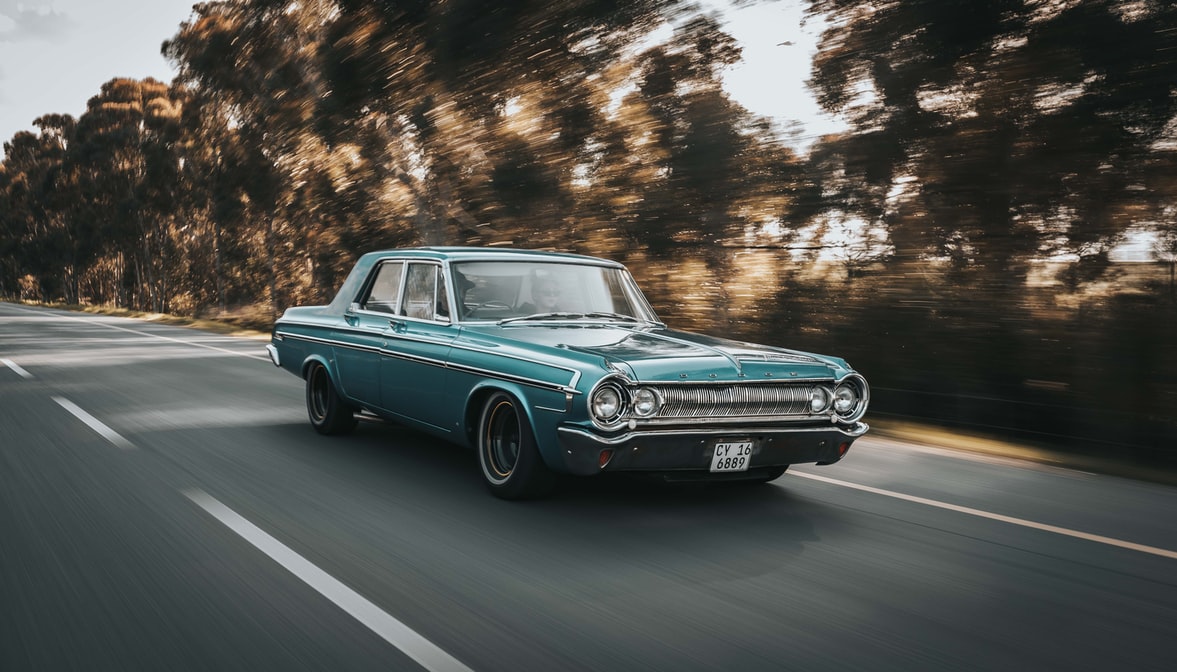How to Remove Rust from Your Old Car
If you keep a car long enough, chances are you’ll run into a rust problem at some point. One of the most pernicious problems a car can face – and also one of the easiest to prevent if you have the know-how, rust can be tricky to deal with if you’ve never encountered it before. Left alone, rust can take over your vehicle, quickly making it unsalvageable. Thankfully, removing rust is something you can DIY before the problem gets out of hand.
Removing rust from old cars is just another part of regular upkeep and maintenance, especially for those classic cars you want to keep looking pristine. Before you start the rust removal process, it’s important to understand what causes “the iron worm” in the first place.
What causes rust
In layman’s terms, rust is caused by a chemical reaction between oxygen and iron-based metals. When exposed to each other, the oxygen and metal molecules combine to create a new kind of molecule called iron oxide, or rust. This process most commonly is caused by simple exposure to air over time, but exposure to saltwater and certain winter road treatments can cause rust to form faster.
Surface rust is just what it sounds like, and can occur when cracks, paint nicks, and other scratches are left untreated.
More advanced rust is called scale rust. At this stage, the chemical reaction begins to corrode your car’s surface, reducing the strength of the metal.
The final and most severe state of rust is penetrating rust, and requires professional expertise to treat and remove. If left alone to the elements over time, simple surface rust can convert strong steel to rust, leaving holes in the body of your car.
What you’ll need for rust removal
When removing rust from old cars, it’s important to keep safety at the forefront. When you’re working with rust fragments, paint chips, and inhalable solvents, it’s easy to get hurt if you’re not careful.
Before beginning any rust removal project, make sure you have these on hand:
- Mechanic-grade gloves
- Eye protection
- A long-sleeve shirt
- A respirator if there’s a possibility of inhaling harmful fumes
In terms of the actual tools and products you’ll need to start removing rust, these should get the job done:
- Sander (optional)
- A hand scraper
- Grinding tool–for bigger jobs
- Polisher (optional)
- Painter’s tape
- Sandpaper in a selection of grits (i.e., 40, 320, and 1000)
- Several microfiber cloths
- Prep solvent
- Primer (epoxy and lacquer)
- Paint
- Clearcoat
- Polish and wax
How to remove rust
For more minor rust issues, you’ll want to start by applying a liquid or aerosol rust remover.
- With masking tape, seal off the rusted area you’ll be working on.
- Follow the brand specific directions on the rust remover of your choice. After, wipe off leftover residue with a clean rag.
- If there’s any stubborn rust hanging on, you can remove it with sandpaper.
- Next, you’ll want to clean the area with grease and wax-remover soap. Let air dry.
- Apply a light coat of primer 3 times, allowing an hour in between each coat to dry.
- If you’re going to apply car paint back onto the affected area, spray the color base coat thinner than you did the primer and allow plenty of time to dry. You may need several coats.
- Lastly, apply a clear coat spray. Wait 3 days before washing your car.
If your car has more intermediate rust issues, the easiest and most effective thing to do is leave your car in the hands of a mechanical professional. As working with rust can potentially pose health hazards, it’s best to leave more severe cases to someone with all the proper tools and products.
Removing rust isn’t the easiest to DIY, but it’s an important part of maintenance if you want to keep your old and classic cars looking their best.
For more DIY car upgrades and maintenance tips, keep headlights.com bookmarked.















Thanks for writing this guide. This will be really useful for anyone who lives in the north, where salt ravages a car’s metal.
This was very interesting. I always thought rust was a directly related to water not air. I loved clicking through the transformation on the Instagram post.
Often times there is rust starting by the bottoms of your car door and the rocker panels of your frame near your pinch welds. Scrub and clean the area to remove any loose debris, dirt, rust. Degrease the area with alcohol, and then get a good coating of rust converter or primer. Follow the directions for the paint, primer, and/or rust converter.
Interesting. This is great info to have. It may be a bit much for most novices to tackle but not impossible.
This article is really interesting. I never thought of removing rust! Definitely looking more into this.